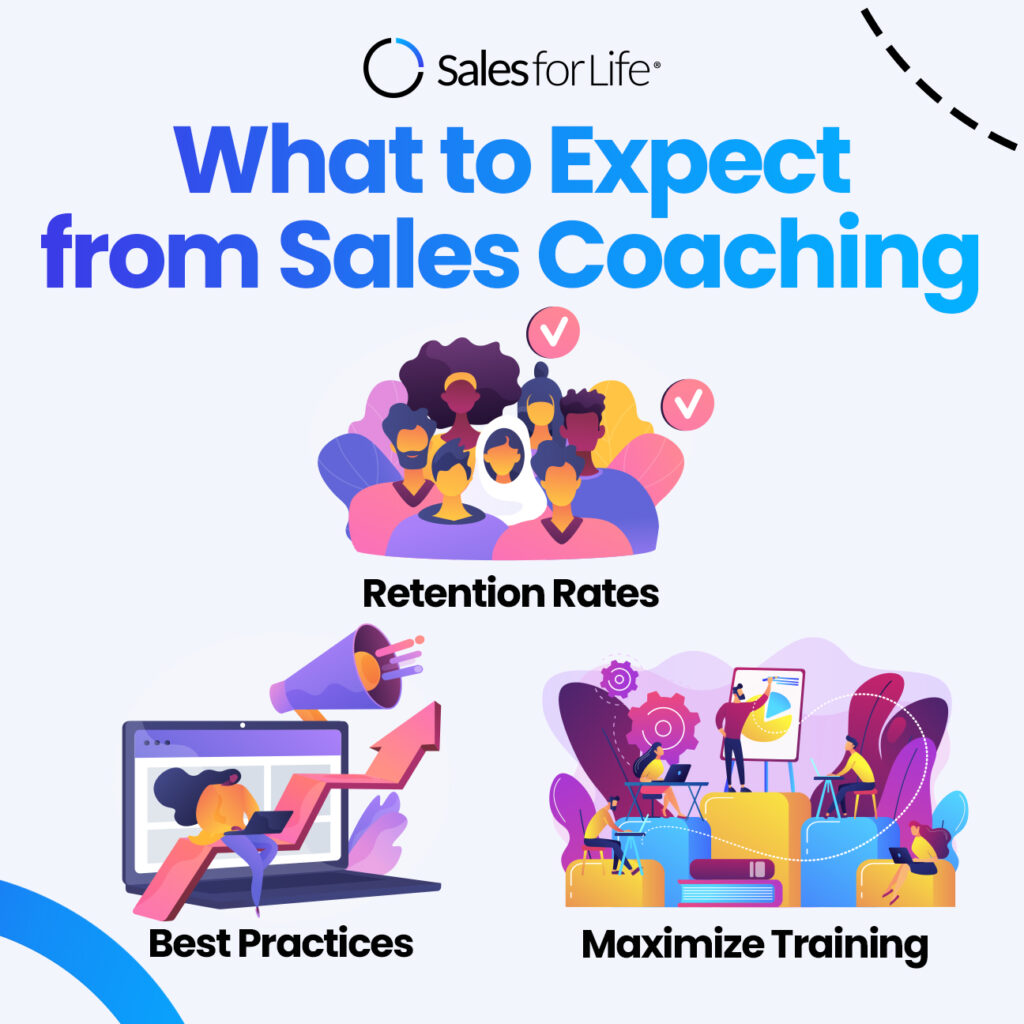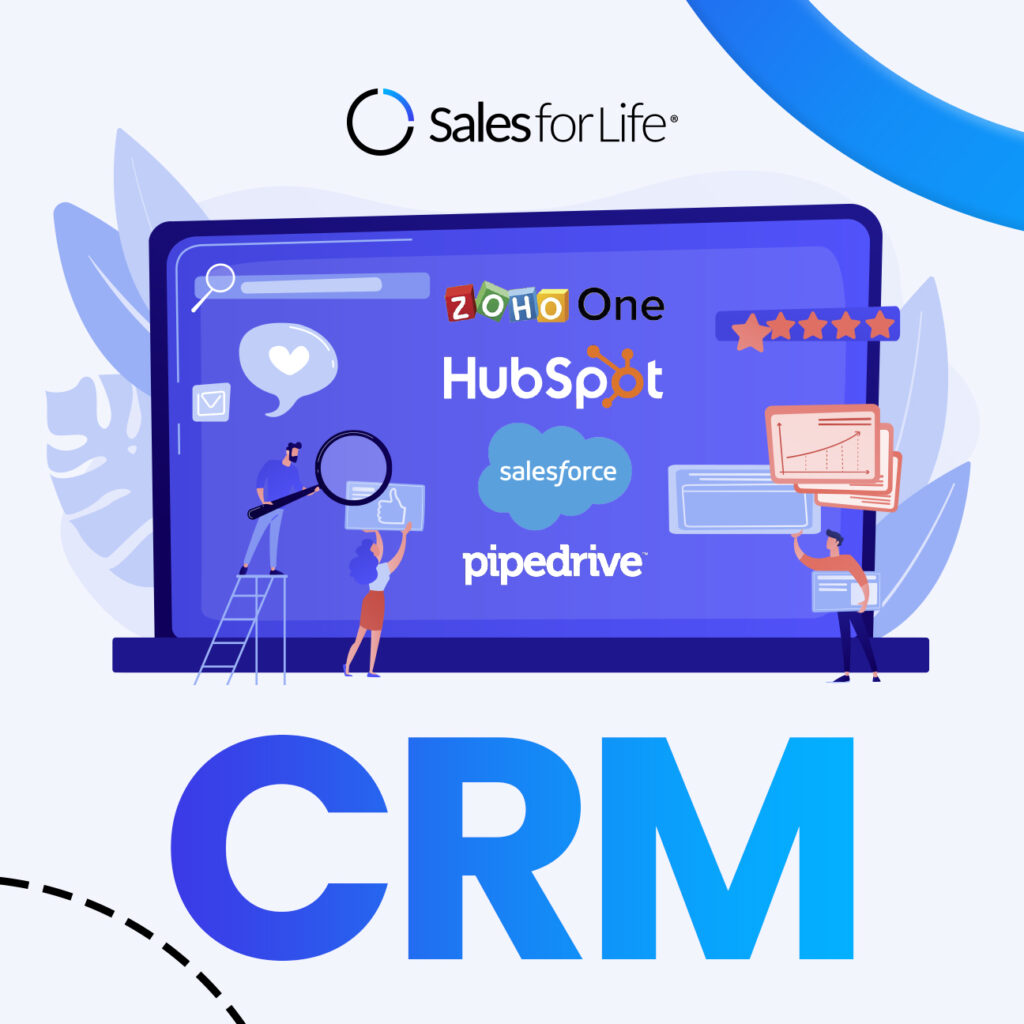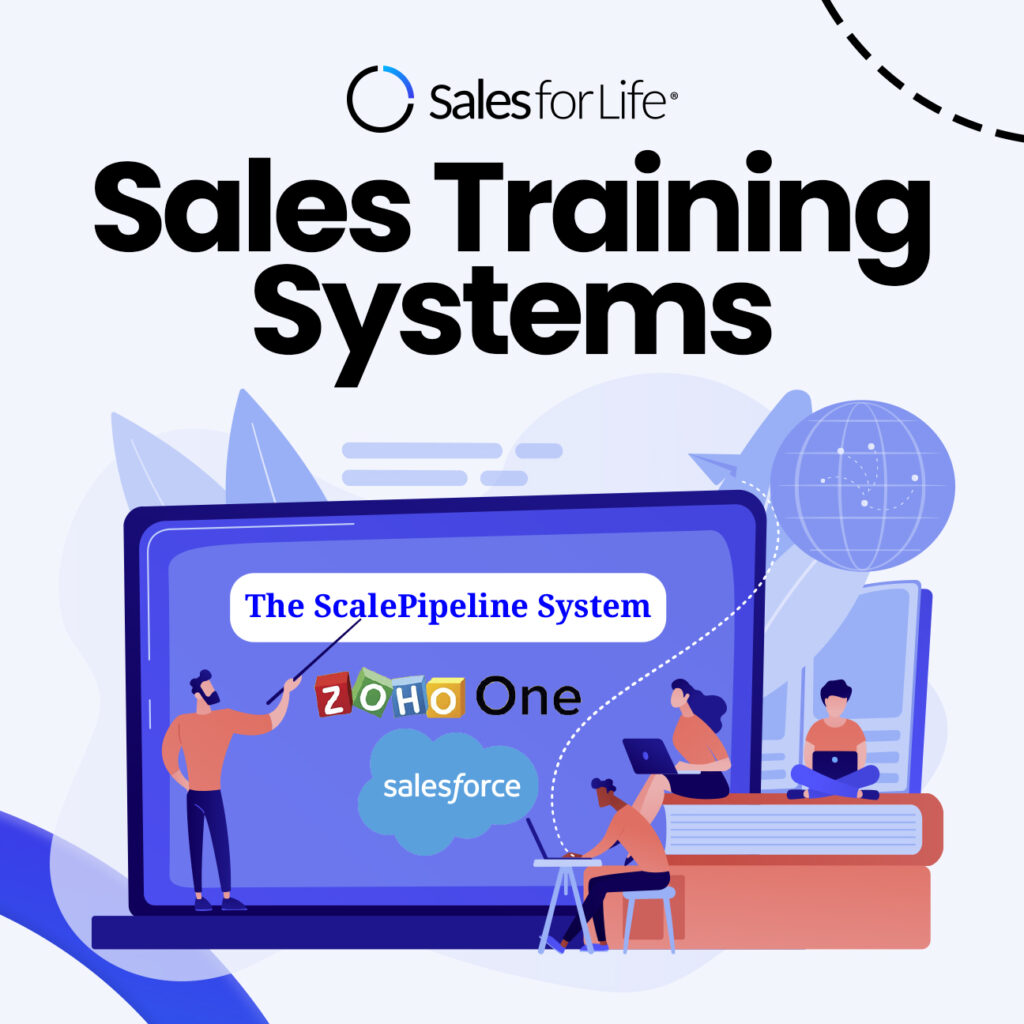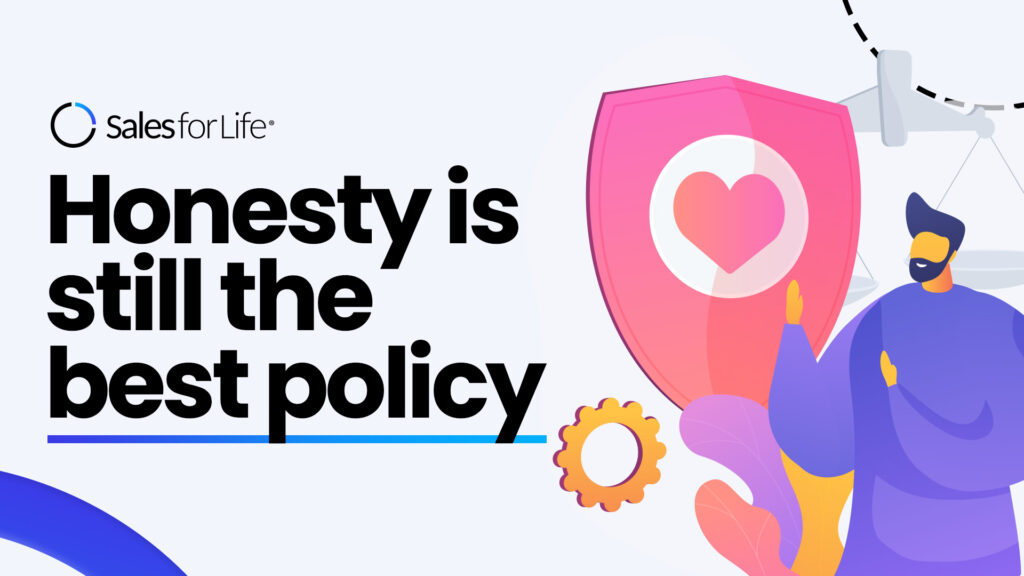In sales productivity training, sales coaching is the most important lever to pull.
But what is sales coaching?
The process begins with a conversation between the manager and the rep, who will work together to set goals for the next quarter or year. The manager will also review their performance over the last three months, including calls made, lead generation, and close rates.
After this initial discussion, it’s time for some training! First, the manager will provide a list of resources for the rep to use during their time off from work, including books or online courses that focus on improving specific parts of your sales process (such as prospecting).
Once the rep has completed their training, they’ll enter the field armed with new knowledge. Their manager will check in regularly with them by phone or email while they’re working—and if they need help with anything along the way, there are always experts who can provide further assistance and mentoring as required.

What to Expect from Sales Coaching
Sales coaching is a method of developing and maintaining your sales team’s skills so they can achieve their goals. It is a process that involves giving feedback to reps, who will then use this feedback to improve their performance.
Here are some benefits that a sales team can acquire from sales coaching:
#1: Retention Rates
Sales coaching improves employee retention rates by helping managers understand their employees’ goals and motivators, so they can help them achieve those goals within the company. It also helps employees understand how their work fits into the bigger picture of the company’s goals, so they don’t feel as disconnected or unappreciated as they might otherwise do if left entirely up to their devices.
It includes:
- Encouraging the employee to set goals and make plans for achieving those goals;
- Helping employees identify what they need to do to succeed;
- Providing feedback on how well employees are doing and helping them learn from mistakes;
- Assisting employees to develop a realistic view of their strengths and weaknesses; and
- Making sure that managers have the skills they need to coach effectively.
#2: Best Practices
Sales coaching is an excellent way to share best practices and learn from others.
It’s important to remember that sales coaching is not just about you and your business. Instead, it’s a chance to learn how other people do things, how they handle certain situations, and what methods work well for them.
Sales coaching can also be an excellent opportunity to share your best practices and help others improve their sales skills.
#3: Maximize Training
Training is essential to the success of your organization’s sales team, but it is not enough. A large part of becoming a great salesperson is developing the skills and confidence to implement that training.
Using a qualified sales coach is the best way to ensure that your sales training is practical. In addition, sales coaching maximizes your investment in sales training by helping you to apply what you’ve learned, providing feedback on how well you are doing, and helping you to develop new skills and strategies.

Coaching Goals
Sales coaching is an integral part of improving your business’s sales. Your sales team should be coached on building relationships with potential customers, developing a rapport, and closing the deal.
There are many different types of sales coaching that you can implement in your business. For example, you can choose from one-on-one coaching, group classes, or webinars. Each kind will have its advantages and disadvantages.
For example, one-on-one coaching allows you to get individualized attention for each employee but can be expensive and time-consuming. Group classes allow employees to learn from each other but may not provide enough support for some people who need more individualized attention. Webinars are cheap but have a lower retention rate than different types of sales coaching because they do not involve face-to-face interaction between coach and employee.
If you’re in a new market and trying to build a foundation of relationships, it might be more important to focus on developing rapport with clients than closing deals. On the other hand, if you’ve already achieved some traction in the market, but want to improve your conversion rates, then it might make sense to focus on improving how you present yourself and what you say during sales calls.



























